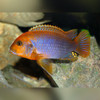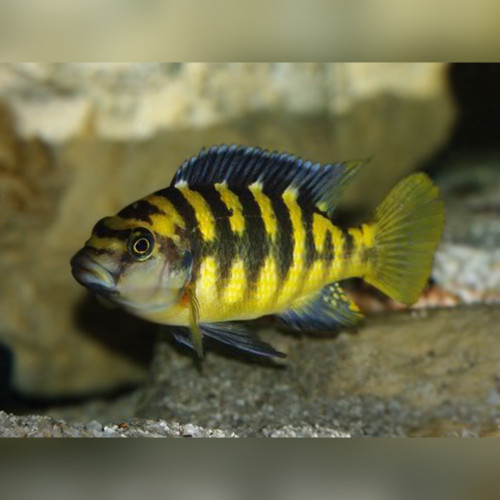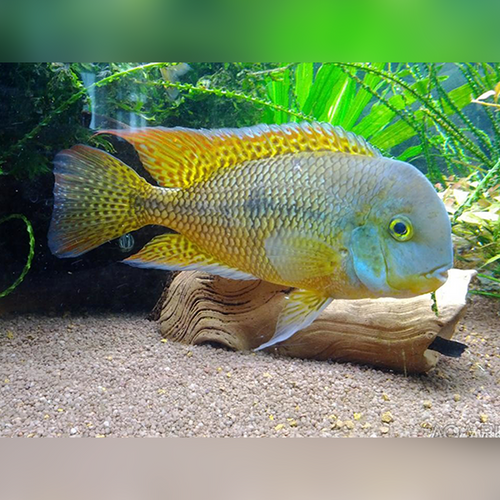SKU:
32
Our Guide To Keeping Rusty Cichlid Fish
-
About Fish Species:
- Scientific name: Lodotropheus sprengerae
- Common name: Rusty Cichlid
- Family: Cichlidae
- Origin: Lake Malawi in Africa
- Adult length: 10 cm (4 inches)
- Lifespan: 5 to 8 years
-
Tank Setup:
- Rusty Cichlids prefer a rocky aquarium setup mimicking their natural habitat in Lake Malawi. Provide plenty of caves and rock formations for them to establish territories and seek shelter.
- A minimum tank size of 75 gallons is recommended for a small group of Rusty Cichlids.
-
Water Parameters:
- Rusty Cichlids thrive in alkaline water conditions with a pH range of 7.5 to 8.5.
- Keep the water temperature between 23 to 28°C (73 to 82°F).
-
Filtration and Water Flow:
- A strong filtration system is essential to maintain water quality in the aquarium, as Rusty Cichlids are sensitive to deteriorating water conditions.
- Ensure good water flow and oxygenation in the tank.
-
Diet:
- Rusty Cichlids are omnivores with a preference for vegetable matter. Offer them a varied diet consisting of high-quality cichlid pellets, flakes, and supplemented with vegetable matter like spirulina flakes or blanched vegetables.
- Occasionally provide live or frozen foods such as bloodworms, brine shrimp, or daphnia as treats.
-
Tank mates:
- Rusty Cichlids can be aggressive towards conspecifics (other Rusty Cichlids) and similar-looking species. It's best to keep them in a species-only tank or with other Lake Malawi cichlids that have distinct coloration.
- Compatible tank mates include Mbuna cichlids from Lake Malawi that occupy different territories and have contrasting colors.
-
Behavior and Compatibility:
- Rusty Cichlids are territorial and can be aggressive, especially during breeding times or when establishing territories.
- Provide plenty of hiding spots and territories to minimize aggression within the tank.










